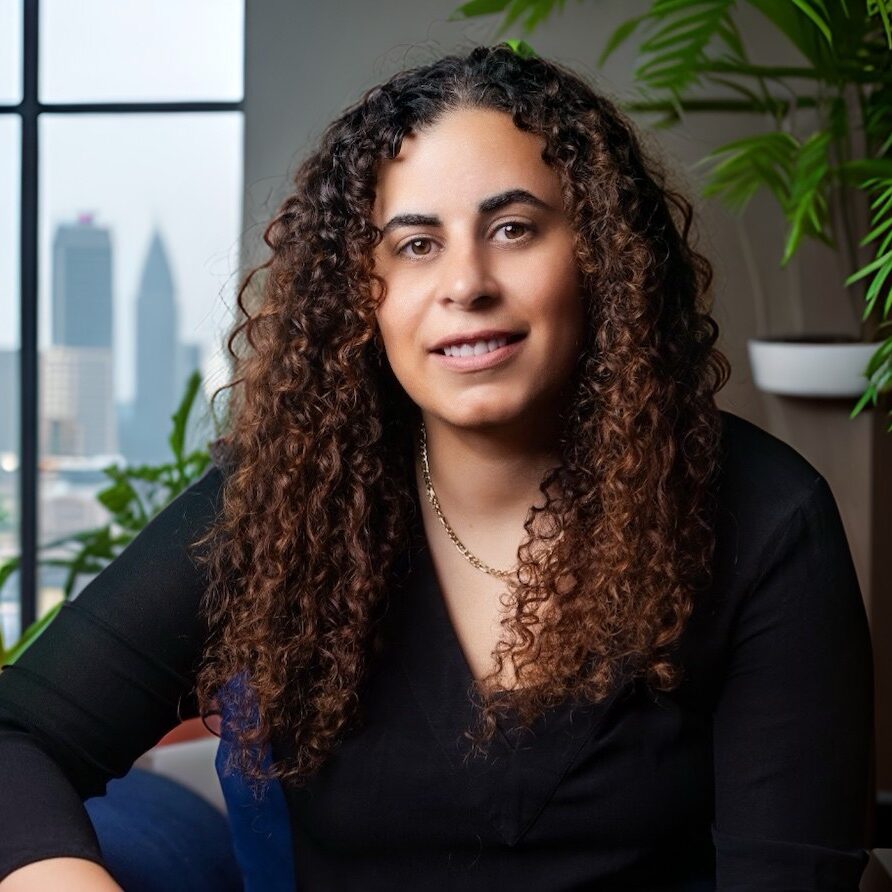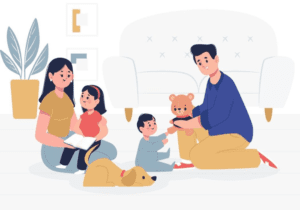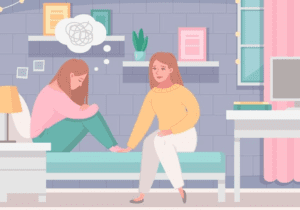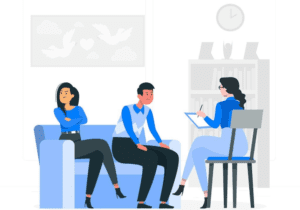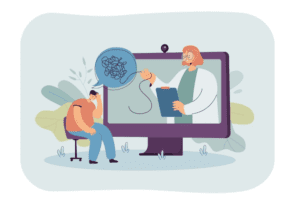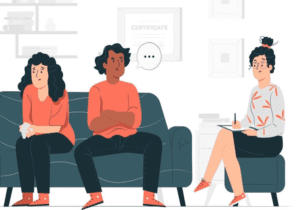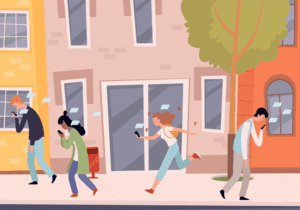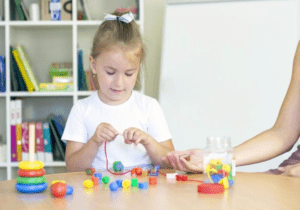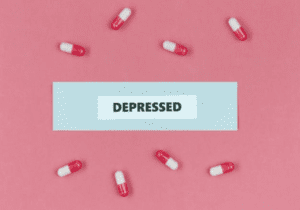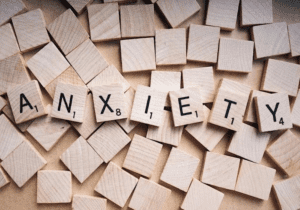A Safe Space for Big Feelings
This article has been researched and written by Moni El Ramlawy. AI has not been used in producing this article.
It’s back to school season. Children and parents alike are navigating more stress – school demands, work pressures, and family responsibilities. When emotions run high, it becomes difficult to channel this energy. This can create a stressful home environment. As adults, stress can look like irritability, withdrawal, or overreacting. For children, it can show up through meltdowns and tantrums.
To regain our sense of calm, what we often need is safety and comfort. This can mean a space (a calm corner) to retreat and come back when we are ready. Creating a calm corner in your home is a space for adults and children to step away and selfsoothe. This corner is not about punishment, and it’s not a “timeout”. It’s a space to pause and regulate.
A stressful home environment can feel overwhelming — child therapy offers tools to restore balance and strengthen emotional connection.
A calm corner doesn’t require much space. It just needs to feel safe and comforting.
How to Create a Calm Corner at Home:
1. Choose the spot: Ideally, choose a quiet corner away from distractions.
2. Make it cozy & comforting: Add cushions and a soft blanket to make the space inviting. Comfort helps the body feel safe.
3. Add fidget tools: Items like stress balls or squishy toys help with restless hands while calming down.
4. Add books: Picture books, breathing tips, or short stories can help shift focus.
5. Soothing extras: Consider adding calming music, or a soft lamp to set a peaceful atmosphere.
It’s important to remind ourselves that people do better when they feel better. Calm spaces help us cool off and feel better.
Extra Pointers:
- Create it together and MAKE IT FUN! Make it a weekend activity.
- Brainstorm how you would like it to look like and what colors you want to add.
- Encourage children to personalize the space with their favorite stuffed animal or drawings – it gives them ownership and makes the corner a positive resource, not a “time-out.”
- Let your children give it a special and playful name.
- A calm corner works best when introduced in a positive way, and not when your child is already in the heat of the moment.
- After it has already been introduced, when they are upset, ask “Would it help to go to your __________ place?”
- Model using the calm corner when you are upset. When children observe their parents using it, it teaches them that it’s a healthy coping strategy, and not a punishment. Modeling the behavior means encouraging it rather than enforcing it.
If you would like to share photos of your calm corners with us, we’d love to see them! Please feel free to send them via WhatsApp or email, or even if you’d like to post it on social media and tag us – go for it!
Every family needs a corner where it’s okay to fall apart and still be loved. If that space doesn’t exist yet, maybe today is the day to start creating it.
Gentle Parenting: What is it and How to Try it Yourself
When it comes to raising children, no one has all the answers. Every parent and child have unique challenges and needs. Navigating these individual circumstances along with ever-changing environments, such as school …
How to Improve Your Relationship with Your Children – A Psychologist’s Guide
The modern family’s lifestyle leaves us shuffling from school to sports practice, family events, visiting friends, and everything in between. As society evolves to become more on-the-go and technologically advanced, w…
Tips for Communicating With Someone Who is Depressed
Knowing what to say to someone who is struggling with depression can be challenging. Perhaps you are afraid you might say the wrong thing. Or maybe you will say something that makes their day even worse? Maybe you fee…
Who Can Benefit From Couple Counseling?
Relationships are far from perfect. Each person brings his or her own ideas, values, opinions, and personal history into a relationship, and they don’t always match their partner’s. Those differences don’t necessaril…
What is EMDR Therapy and How Does it Help People?
Since the days of Freud, we’ve come to expect that managing our trauma is a lifelong journey. However, this is not the case. Eye Movement Desensitization and Reprocessing therapy (EMDR therapy) was developed in 1990 …
Everything You Need to Know About Couples Therapy
It’s perfectly expected for couples in relationships to face challenges from time to time. Every relationship has its unique needs and challenges. Couples see therapy for a number of unique reasons. From miscommunicat…
Does Social Media Cause Depression?
According to recent estimates, roughly 4 billion people worldwide use various social media platforms, including Facebook, Twitter, Instagram, and LinkedIn. It’s not hard to believe. When you take a look around a crowd…
Child Development: Play Therapy in Dubai
Every child deserves to feel safe, empowered, understood, connected, and loved. Play therapy is based on the foundation of providing a safe environment for children to process their emotions and develop the social, em…
The Future of Depression Treatment
According to the World Health Organization (WHO), depression impacts more than 264 million people globally. Once diagnosed, depression treatment can be by medications, psychotherapy, or a combination of the two. While…
How to Talk to Your Therapist When You Have Social Anxiety
Social anxiety disorder (SAD), also called a social phobia, is characterized by intense fear or anxiety of being negatively evaluated, judged, or rejected in a social situation. Individuals with social anxiety often …
